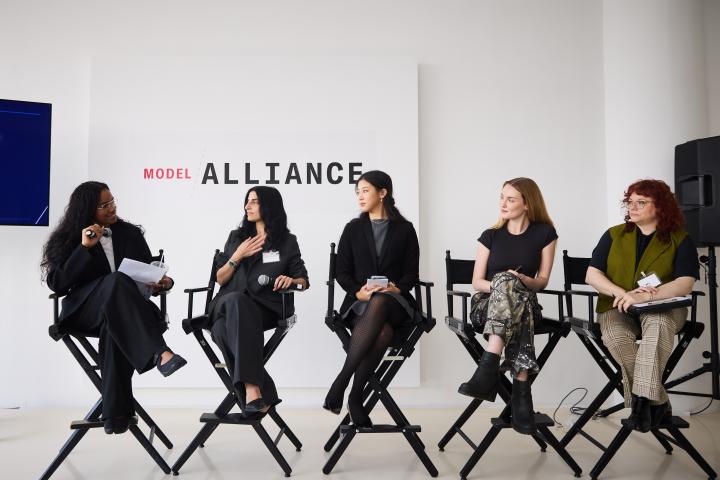
State of the Arts
The struggling artist stereotype isn’t far from the mark in today’s economy, according to a state-funded report by researchers at The Worker Institute at Cornell.
“State of the Artist: Challenges to the New York State Arts & Entertainment Industry and Its Workforce” was funded by the New York State Legislature. The study was built on a 2007 ILR School report funded by the Empire State Development Corp.
The study, published earlier this year, looks at research in the field, analyzes data and includes interviews with arts professionals and governmental officials.
“New York state is a world center for the arts and entertainment industry, and its vast and uniquely diversified workforce is its main competitive advantage,” according to the authors. They are Lois Spier Gray, ILR’s Jean McKelvey-Alice Grant Professor Emeritus, Maria Figueroa, Worker Institute director of Labor and Policy Research and co-chair of the Precarious Workers Initiative, and Jacob Barnes ’15.
They note that a study by Americans for the Arts found New York to have the highest percentage of arts-related jobs of any state.
Broadway theater contributed $12.6 billion to New York City’s economy from 2014 to 2015. Across the state, ILR researchers found artists clustered in not just the city, but also in Long Island, the Hudson Valley, and the Buffalo, Rochester and Syracuse areas. They work as musicians, dancers, writers, editors, producers of movies, television programs and video games, museum workers and art gallery dealers.
Researchers found a wide range of incomes, with only a tiny fraction of the state’s 351,000 arts professionals earning more than $200,000 a year. The median was $40,000, higher than the median of $30,000 for all workers in New York state, but low for the sector’s educational requirements.
Nearly a third of the artists earned less than $20,000 a year, despite two-thirds of them having a bachelor’s degree or graduate degree. That is twice the percentage for the state’s workforce as a whole.
“Women and minorities are a major component of the arts workforce but remain underrepresented in most occupations and sectors of the industry, including higher paying jobs,” the authors note.
“When employment is analyzed by organizational level, minorities are rarely found at the top and are heavily grouped in service and office work at the low end of the status and income spectrum. African-Americans and Latinos hold less than 10 percent of executive positions and 16 percent of technician and craft jobs.
Stability of work is the major problem, according to the study.
“The New York state arts workforce is less likely to be employed year-round and more likely to be self-employed, as compared with the overall state workforce,” the researchers write. “By occupation, self-employment is over 50 percent among artists.”
Most arts and entertainment workers lack health and pension benefits, job placement assistance, networking structures, and affordable housing and workspace, while facing high costs for training and education.”
Long hours and wage theft are also problems. Unpaid labor, through internships and work done for exposure, adds to challenges.
Although the industry is highly unionized, union health and pension benefits are limited to those who have worked a requisite number of hours.
Gray said she and study co-authors “raise a number of questions for public policy discussion and resolution, including continuing support for the industry through tax credits and new forms of support for the workforce through housing and training subsidies and alternative approaches to providing a social safety net for this irregularly employed, but valuable, sector.”



